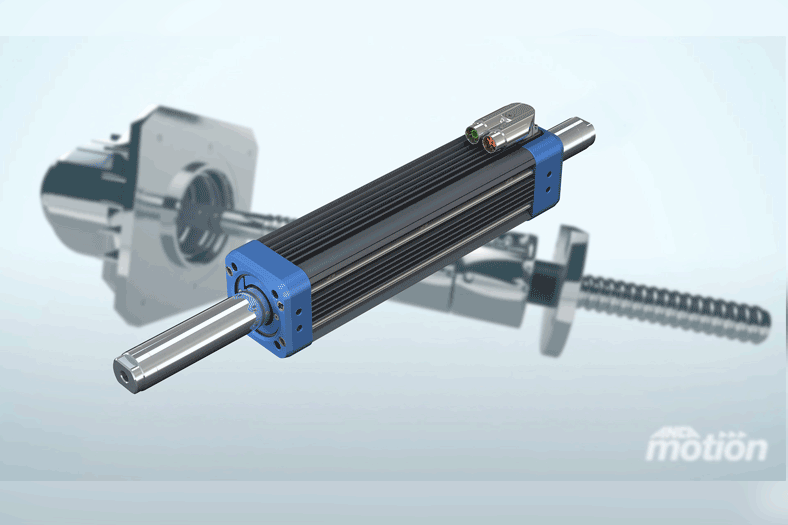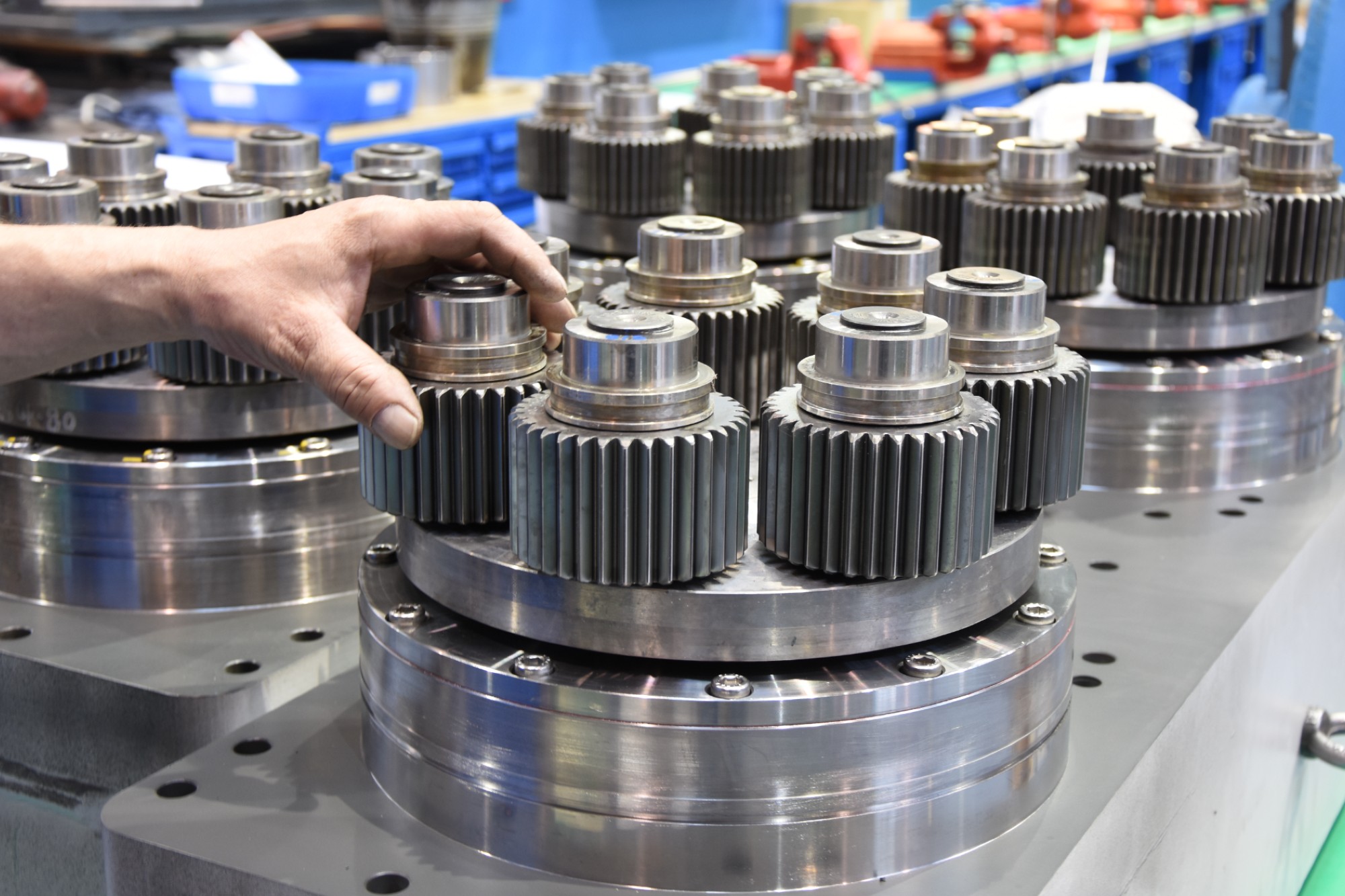Benefits of tubular linear motors over ballscrew systems
By OEM Update Editorial November 10, 2020 2:12 pm IST
Ballscrew actuation has been around for well over a century, and rack and pinion methods even longer. Both indirect drives have their place, and will be around for many years to come, but other, newer methods of creating linear motion are catching up.
Direct drive methods, which are simpler and can be superior in a lot of ways, are predicted to continue growing in popularity, for reasons including accuracy, speed, safety, and lower maintenance burdens on owners.
The early adopters for tubular linear motors were big semiconductor companies, which could invest big R&D budgets on a solution offering high speeds and sub-micron accuracy. Nowadays they are available to modestly-sized businesses.
Both cylindrical linear motors and flatbed linear motors have vastly superior accuracy and repeatability compared to ballscrew options. A tubular linear motor is also a much simpler design, with only two moving parts (the shaft and forcer) and does not have to rely on intermediate components such as a gearbox to change torque.
Ballscrew actuators are also sensitive to jerk, and lack the nimbleness of tubular linear motors. The contact between the nut and screw means lubrication is essential, and causes wear and performance degradation over time.
Like other tubular linear motors, ANCA Motion’s LinX M-Series is designed to be close in form to ballscrew systems, offering easy substitution for those who want to make the change.
Cookie Consent
We use cookies to personalize your experience. By continuing to visit this website you agree to our Terms & Conditions, Privacy Policy and Cookie Policy.


















